Rijo Jackson Tom
3D Convolution Neural Network based Person Identification using Gait cycles
Jun 06, 2021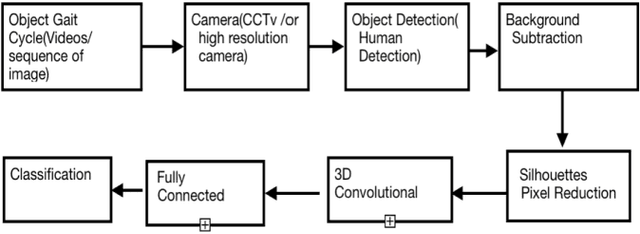
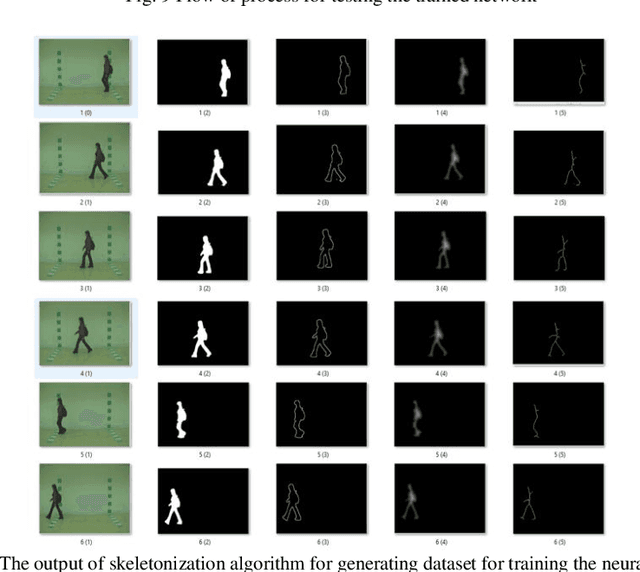
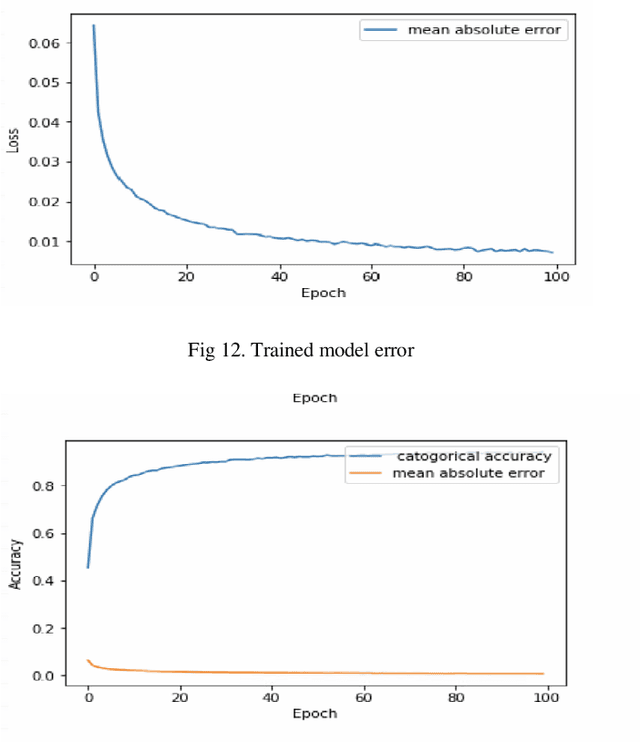
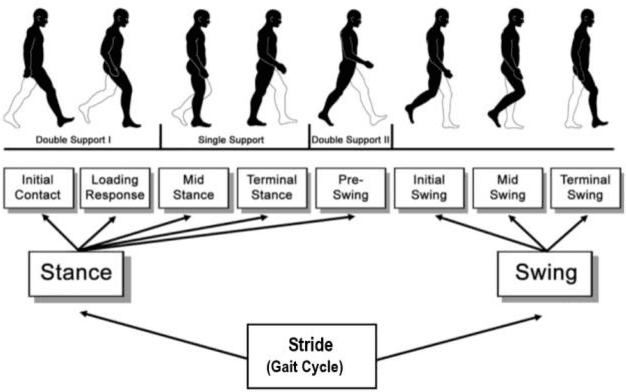
Abstract:Human identification plays a prominent role in terms of security. In modern times security is becoming the key term for an individual or a country, especially for countries which are facing internal or external threats. Gait analysis is interpreted as the systematic study of the locomotive in humans. It can be used to extract the exact walking features of individuals. Walking features depends on biological as well as the physical feature of the object; hence, it is unique to every individual. In this work, gait features are used to identify an individual. The steps involve object detection, background subtraction, silhouettes extraction, skeletonization, and training 3D Convolution Neural Network on these gait features. The model is trained and evaluated on the dataset acquired by CASIA B Gait, which consists of 15000 videos of 124 subjects walking pattern captured from 11 different angles carrying objects such as bag and coat. The proposed method focuses more on the lower body part to extract features such as the angle between knee and thighs, hip angle, angle of contact, and many other features. The experimental results are compared with amongst accuracies of silhouettes as datasets for training and skeletonized image as training data. The results show that extracting the information from skeletonized data yields improved accuracy.
An Explainable Machine Learning Model for Early Detection of Parkinson's Disease using LIME on DaTscan Imagery
Aug 01, 2020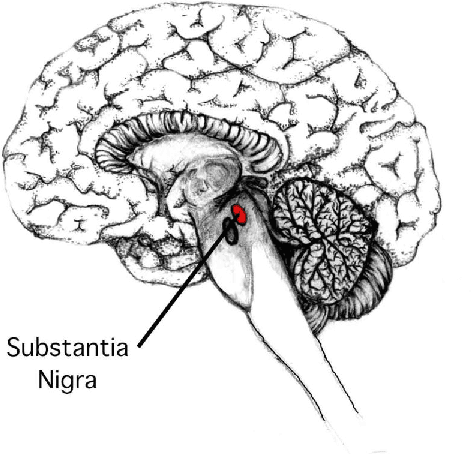
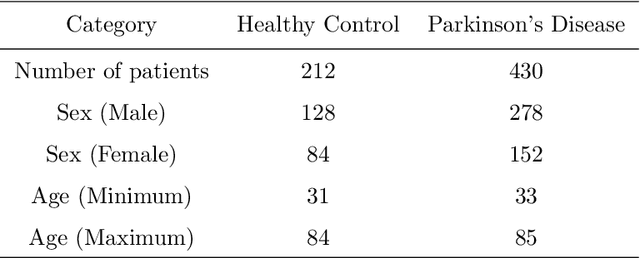
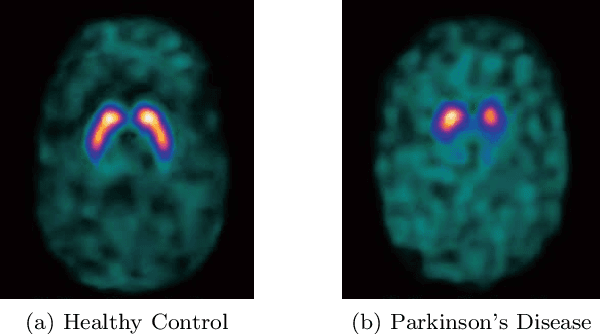
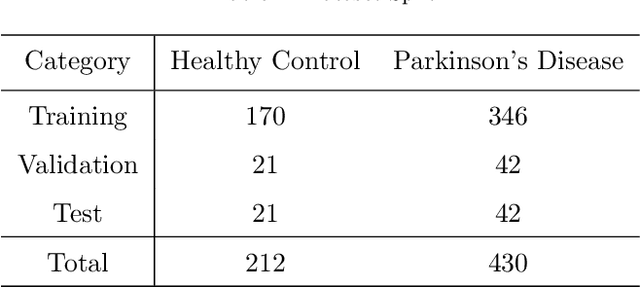
Abstract:Parkinson's disease (PD) is a degenerative and progressive neurological condition. Early diagnosis can improve treatment for patients and is performed through dopaminergic imaging techniques like the SPECT DaTscan. In this study, we propose a machine learning model that accurately classifies any given DaTscan as having Parkinson's disease or not, in addition to providing a plausible reason for the prediction. This is kind of reasoning is done through the use of visual indicators generated using Local Interpretable Model-Agnostic Explainer (LIME) methods. DaTscans were drawn from the Parkinson's Progression Markers Initiative database and trained on a CNN (VGG16) using transfer learning, yielding an accuracy of 95.2%, a sensitivity of 97.5%, and a specificity of 90.9%. Keeping model interpretability of paramount importance, especially in the healthcare field, this study utilises LIME explanations to distinguish PD from non-PD, using visual superpixels on the DaTscans. It could be concluded that the proposed system, in union with its measured interpretability and accuracy may effectively aid medical workers in the early diagnosis of Parkinson's Disease.
 Add to Chrome
Add to Chrome Add to Firefox
Add to Firefox Add to Edge
Add to Edge